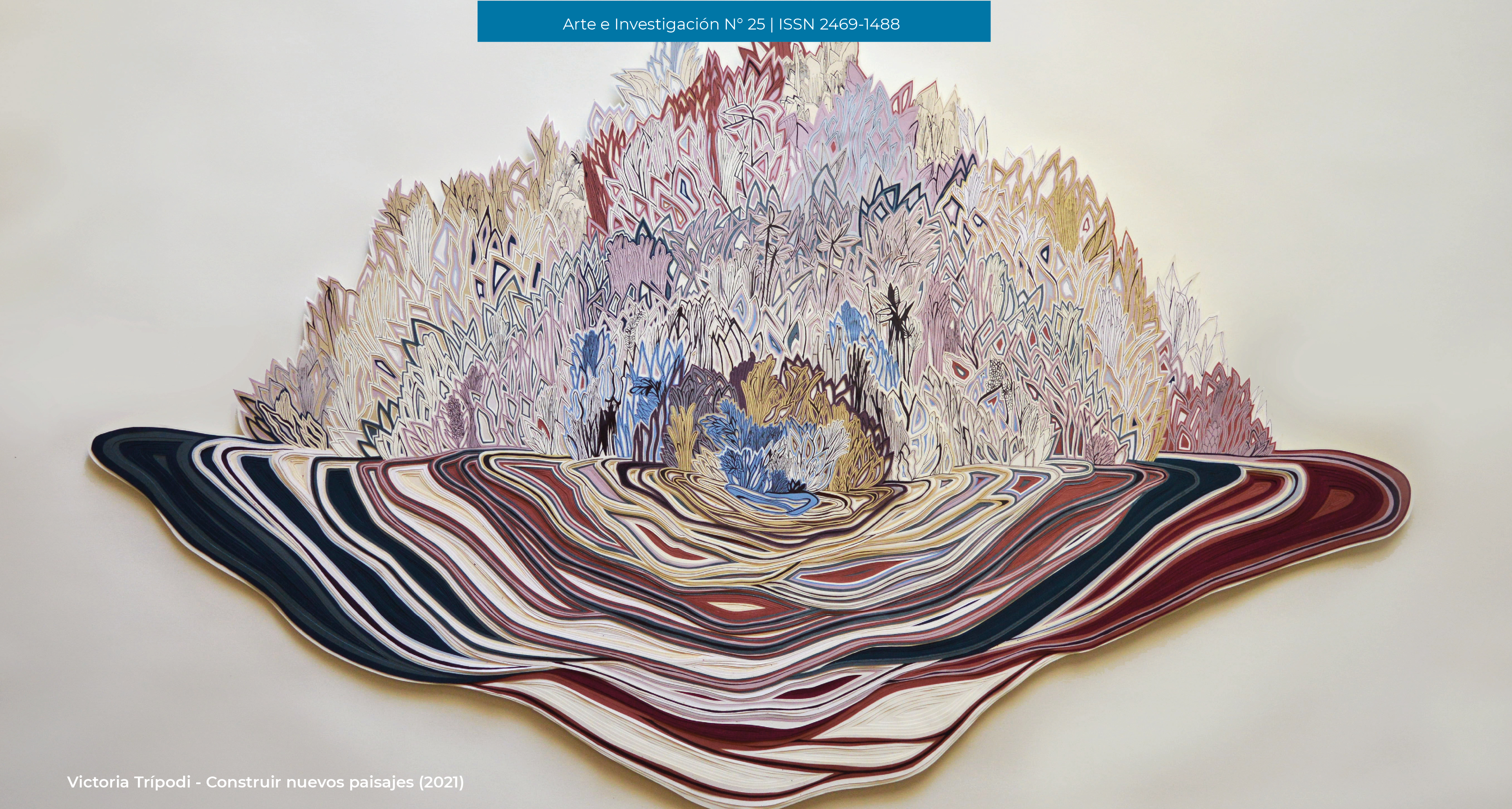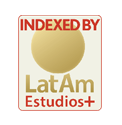Plural Canon(s)
Modulations of American Art in The Colonial Period
DOI:
https://doi.org/10.24215/24691488e105Keywords:
American Colonial art, methodology, Art historiography, Cultural historyAbstract
In this article we propose to systematize some areas of theoretical problems that occupy the field of studies of American art of the colonial period. Specifically, we investigate a series of theoretical-methodological perspectives in art history studies in relation to other fields of knowledge such as intellectual history and cultural history, with the aim of thinking about productive theoretical intersections and exchanges that illuminate areas of the historiography and art theory specialized in the colonial period.Downloads
References
Adorno, T. & Horkheimer, M. (1969). La sociedad. Lecciones de sociología. Editorial Proteo.
Alcalá, L. E. (2014). La pintura en los virreinatos americanos: planteamientos teóricos y coordenadas históricas. En Alcalá, L. E. & Brown, J. (eds.), Pintura en Hispanoamérica 1550-1820 (pp. 15-68).
Cummins, T. (2003). Imitación e invención en el barroco peruano. En AA.VV., El Barroco Peruano 2 (pp. 27-59). Banco de Crédito.
De Certeau, M. [1990] (2000). La invención de lo cotidiano I. Artes de hacer. Universidad Iberoamericana.
Dosse, F. (2007). La marcha de las ideas. Historia de los intelectuales, historia intelectual. Universitat de Valéncia.
Geertz, C. [1973] (2006). La interpretación de las culturas. Gedisa.
Ginzburg, C. [1989] (2015). Mitos, emblemas, indicios. Gedisa.
Gisbert, T. (1999). El paraíso de los pájaros parlantes. La imagen del otro en la cultura andina. Plural editores.
Gruzinski, S. [1988] (2022). La colonización de lo imaginario. Sociedades indígenas y occidentalización en el México español. Siglos XVI-XVIII. Fondo de Cultura Económica.
Gruzinski, S. [1990] (2022). La guerra de las imágenes. De Cristóbal Colón a “Blade Runner” (1492-2019). Fondo de Cultura Económica.
Lang, K. & Lang, G. [1955] (1985). Los “mass-media” y las elecciones. En de Moragas, M. (Ed.), Sociología de la comunicación de masas (pp. 431-451). Editorial Gustavo Gili.
Maldonado-Torres, N. (2007). Sobre la colonialidad el ser: contribuciones al desarrollo de un concepto. En Castro Gómez, S. & Grosfoguel, R., El giro decolonial. Reflexiones para una diversidad epistémica más allá del capitalismo global (pp. 127-167). IESCO.
Mignolo, W. (2007). La idea de América Latina. La herida colonial y la opción decolonial. Gedisa.
Mignolo, W. (2010). Desobediencia epistémica: retórica de la modernidad, lógica de la colonialidad y gramática de la descolonialidad. Ediciones del Signo.
Schenone, H. (2014). Apuntes para una hipótesis sobre la pintura colonial sudamericana. TAREA, Anuario del Instituto de Investigaciones sobre el Patrimonio Cultural, 1, (1), 91-98.
Siracusano, G. (2003). Colores en los Andes. Hacer, saber y poder. Museo de Arte Hispanoamericano Isaac Fernández Blanco.
Stastny, F. (1994). Síntomas medievales en el “Barroco Americano”. Instituto de Estudios Peruanos.
Williams, R. [1989] (1997). La política del modernismo. Manantial.
Downloads
Published
How to Cite
Issue
Section
License

This work is licensed under a Creative Commons Attribution-NonCommercial-ShareAlike 4.0 International License.
The acceptance of the manuscript by the magazine means the non-exclusive cession of the property rights of the authors in favour of the editor, who allows the reuse, after publication (post print), under a license Attribution-NonCommercial-NoDerivatives 4.0 International. According to these terms, the material can be copied and redistributed by any means or in any format as long as a) the author and original source of the publication are quoted (magazine and URL of the work), access to the license is provided and whether changes have been made is mentioned; and b) the material is not used for commercial purposes.
The cession of non-exclusive rights means that after the publication (post print) in Arte e Investigación the authors can publish their work in any language, means and format; in such cases it must be mentioned that the material was originally published in this magazine. Such cession also means the authorization of the authors for the work to be collected by SEDICI, the institutional archive of the National University of La Plata, and to be spread in the databases that the editorial team considers appropriate to increase the visibility of the publication and its authors.
Moreover, the magazine encourages the authors to deposit their productions in other institutional and thematic archives under the principle that offering the society the scientific and academic production without any restrictions contributes to a greater exchange of the global knowledge.


































